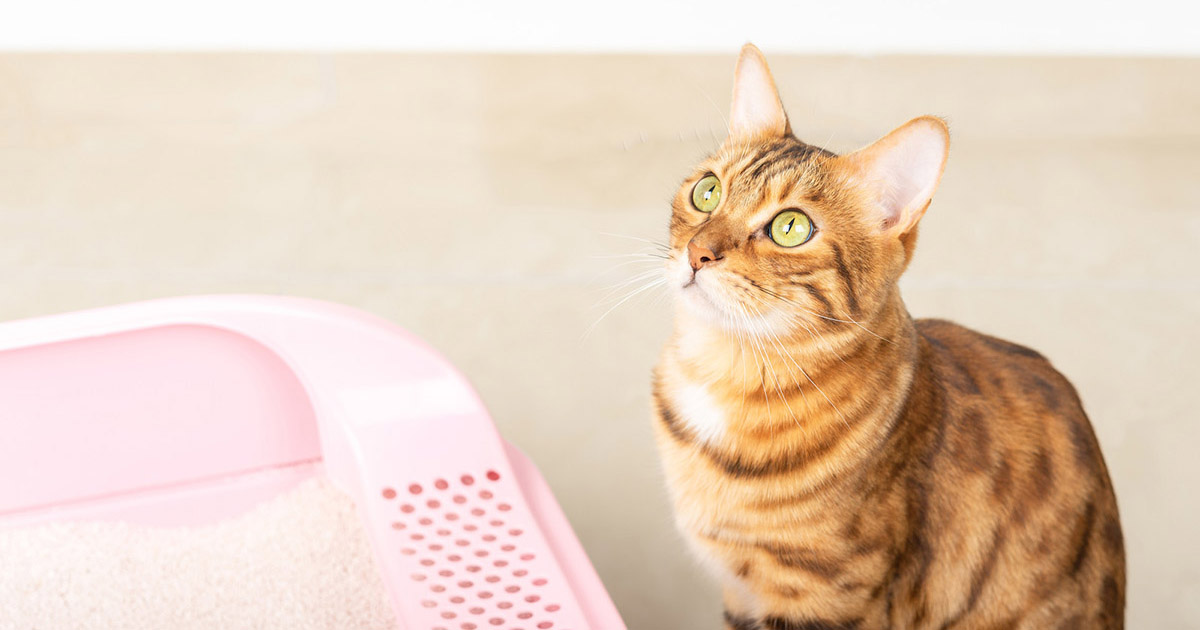The article following next pertaining to Can You Flush Cat Poo or Litter Down the Toilet? is unquestionably enjoyable. You should investigate it.

Intro
As feline owners, it's vital to bear in mind exactly how we dispose of our feline good friends' waste. While it might seem hassle-free to purge feline poop down the commode, this technique can have harmful effects for both the environment and human health and wellness.
Environmental Impact
Flushing feline poop introduces unsafe virus and bloodsuckers right into the water system, posing a significant risk to aquatic ecosystems. These impurities can adversely influence marine life and compromise water high quality.
Wellness Risks
Along with ecological issues, flushing pet cat waste can likewise position health and wellness dangers to people. Feline feces might consist of Toxoplasma gondii, a parasite that can cause toxoplasmosis-- a possibly extreme ailment, especially for expecting women and individuals with damaged body immune systems.
Alternatives to Flushing
Luckily, there are much safer and a lot more accountable ways to deal with pet cat poop. Take into consideration the complying with options:
1. Scoop and Dispose in Trash
The most usual approach of disposing of pet cat poop is to scoop it right into a biodegradable bag and toss it in the trash. Be sure to make use of a devoted clutter scoop and dispose of the waste without delay.
2. Usage Biodegradable Litter
Choose naturally degradable pet cat trash made from products such as corn or wheat. These trashes are environmentally friendly and can be securely taken care of in the garbage.
3. Bury in the Yard
If you have a backyard, consider hiding cat waste in a marked area far from vegetable yards and water sources. Make certain to dig deep sufficient to prevent contamination of groundwater.
4. Set Up a Pet Waste Disposal System
Buy a family pet waste disposal system especially developed for cat waste. These systems utilize enzymes to break down the waste, reducing smell and ecological impact.
Final thought
Liable family pet ownership expands past offering food and sanctuary-- it also includes correct waste management. By avoiding purging cat poop down the bathroom and going with alternative disposal methods, we can lessen our ecological footprint and safeguard human health and wellness.
Why Can’t I Flush Cat Poop?
It Spreads a Parasite
Cats are frequently infected with a parasite called toxoplasma gondii. The parasite causes an infection called toxoplasmosis. It is usually harmless to cats. The parasite only uses cat poop as a host for its eggs. Otherwise, the cat’s immune system usually keeps the infection at low enough levels to maintain its own health. But it does not stop the develop of eggs. These eggs are tiny and surprisingly tough. They may survive for a year before they begin to grow. But that’s the problem.
Our wastewater system is not designed to deal with toxoplasmosis eggs. Instead, most eggs will flush from your toilet into sewers and wastewater management plants. After the sewage is treated for many other harmful things in it, it is typically released into local rivers, lakes, or oceans. Here, the toxoplasmosis eggs can find new hosts, including starfish, crabs, otters, and many other wildlife. For many, this is a significant risk to their health. Toxoplasmosis can also end up infecting water sources that are important for agriculture, which means our deer, pigs, and sheep can get infected too.
Is There Risk to Humans?
There can be a risk to human life from flushing cat poop down the toilet. If you do so, the parasites from your cat’s poop can end up in shellfish, game animals, or livestock. If this meat is then served raw or undercooked, the people who eat it can get sick.
In fact, according to the CDC, 40 million people in the United States are infected with toxoplasma gondii. They get it from exposure to infected seafood, or from some kind of cat poop contamination, like drinking from a stream that is contaminated or touching anything that has come into contact with cat poop. That includes just cleaning a cat litter box.
Most people who get infected with these parasites will not develop any symptoms. However, for pregnant women or for those with compromised immune systems, the parasite can cause severe health problems.
How to Handle Cat Poop
The best way to handle cat poop is actually to clean the box more often. The eggs that the parasite sheds will not become active until one to five days after the cat poops. That means that if you clean daily, you’re much less likely to come into direct contact with infectious eggs.
That said, always dispose of cat poop in the garbage and not down the toilet. Wash your hands before and after you clean the litter box, and bring the bag of poop right outside to your garbage bins.
https://trenchlesssolutionsusa.com/why-cant-i-flush-cat-poop/

I was made aware of that write-up on How to Dispose of Cat Poop and Litter Without Plastic Bags from a friend on our other web page. Don't hesitate to set aside a second to promote this blog if you enjoyed it. Many thanks for taking the time to read it.
Book Appointment